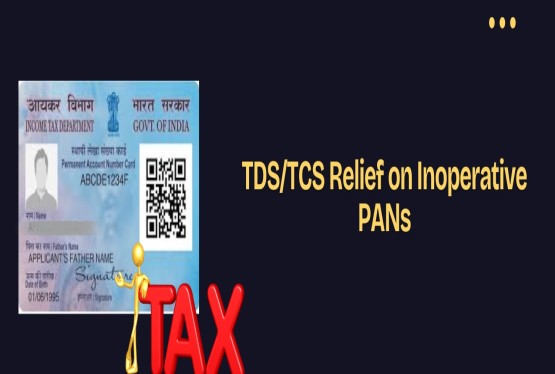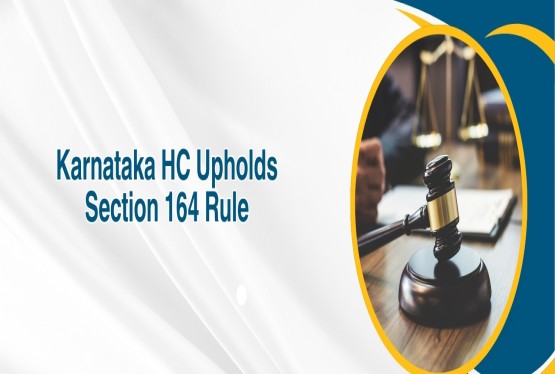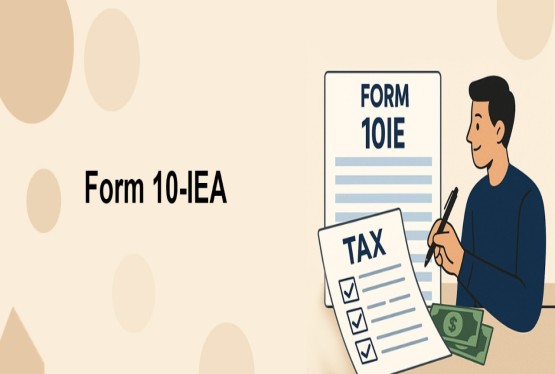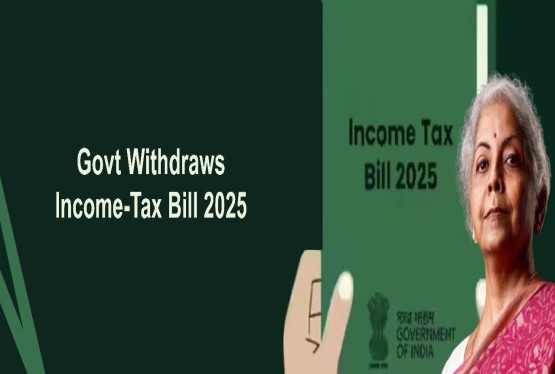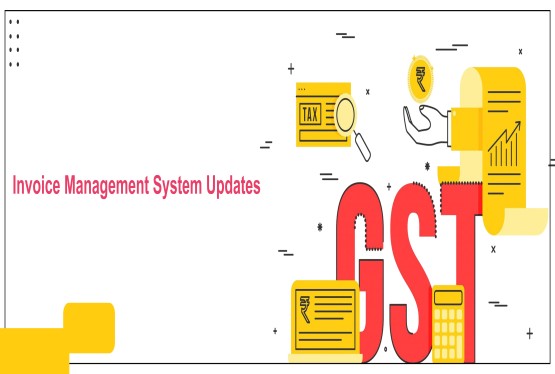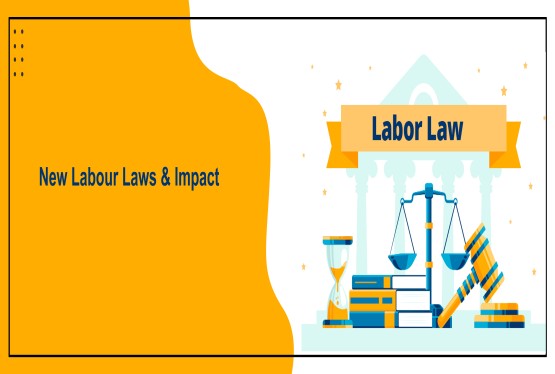The Goods and Services Tax (GST) regime in India emphasizes timely compliance. Registered taxpayers are required to file their GST returns on a monthly, quarterly, or annual basis depending on their registration category and turnover. However, when a taxpayer fails to file their returns within the stipulated time, they are issued a formal reminder by the department in the form of GSTR-3A: Notice for Defaulters of GST Return Filing. This article explains the importance, procedure, format, and consequences of the GSTR-3A notice in an easy-to-understand manner.
What is GSTR-3A?
GSTR-3A is not a return form but a notice issued by the GST department to defaulters who fail to file their GST returns on time. It is served under Rule 68 of the CGST Rules, 2017. This notice is sent electronically to the registered email or portal account of the taxpayer, urging them to file their pending returns within 15 days.
The notice serves as a warning before the department takes legal action such as best judgment assessment under Section 62 of the CGST Act, 2017. It provides a final opportunity for compliance to avoid penalties and legal consequences.
Importance of GSTR-3A Notice
The GSTR-3A notice plays an important role in the GST compliance framework. It helps enforce discipline among taxpayers and reminds them to fulfill their filing responsibilities. Non-compliance can lead to additional tax liabilities, fines, interest, and legal issues.
Ignoring this notice may result in the officer issuing a best judgment assessment, which might not reflect the taxpayer’s actual tax liability, and it can severely impact the business’s financial and legal standing. Therefore, it is important to act upon this notice immediately.
To Whom is the GSTR-3A Notice Issued?
The GSTR-3A notice is issued to taxpayers who fail to file the following GST returns:
-
GSTR-3B: Summary return for monthly or quarterly sales and purchases.
-
GSTR-4: Return for Composition Scheme taxpayers.
-
GSTR-5: Return for non-resident taxable persons.
-
GSTR-6: Return for Input Service Distributors.
-
GSTR-7: Return for tax deducted at source (TDS).
-
GSTR-8: Return for tax collected at source (TCS).
-
GSTR-9: Annual return.
-
GSTR-10: Final return after cancellation of registration.
All registered taxpayers under GST who miss their due filing dates may receive GSTR-3A notice.
Purpose of GSTR-3A Notice
The main purpose of issuing a GSTR-3A notice is to ensure compliance with return filing. It works as a reminder and warning to taxpayers, indicating that they are in default. This notice enables them to correct the lapse within a specified period without facing harsh consequences.
It helps the department track defaulters and take corrective measures promptly. GSTR-3A is also part of the department’s strategy to improve compliance rates and ensure proper flow of tax credit in the system.
Procedure After Receiving GSTR-3A Notice
Once a taxpayer receives the GSTR-3A notice, they are required to file the pending returns within 15 days of receipt of the notice. Along with the return, they must also pay the applicable late fees, interest, and tax dues.
Here’s what should be done step by step:
-
Log in to the GST portal using your credentials.
-
Go to the Return Dashboard for the relevant tax period.
-
File the pending return (e.g., GSTR-3B, GSTR-4, etc.).
-
Pay the tax dues, late fees, and interest as calculated.
-
File the return successfully within the 15-day window to avoid further consequences.
Filing the return within the stipulated time results in automatic withdrawal of the GSTR-3A notice.
Late Fees and Interest Applicable
If a taxpayer delays the filing of GST returns, they are liable to pay both interest and late fees as per the CGST Act:
-
Interest: 18% per annum is charged on the outstanding tax amount. Interest is calculated from the day after the due date till the date of actual payment.
-
Late Fees for Annual Return (GSTR-9):
-
Rs. 200 per day (Rs. 100 under CGST + Rs. 100 under SGST).
-
Capped at 0.25% of turnover in the respective State or Union Territory.
-
Late Fees for Other Returns:
-
Rs. 200 per day (Rs. 100 under CGST + Rs. 100 under SGST).
-
Maximum cap of Rs. 5,000.
-
No late fees are levied for IGST returns.
What if Returns are Not Filed Even After GSTR-3A Notice?
If a taxpayer fails to file the return even after 15 days of receiving the GSTR-3A notice, the department can initiate a Best Judgment Assessment under Section 62 of the CGST Act.
Under this provision, the tax officer can assess the liability based on available data such as GSTR-1, e-way bills, past returns, etc. This assessment may not be favorable and could lead to a higher tax liability.
In such cases, the taxpayer may also face a penalty of Rs. 10,000 or 10% of the tax due, whichever is higher.
Can You File Returns After 15 Days?
Yes, the taxpayer can still file the return even after the 15-day period has expired. However, this must be done before the proper officer passes an assessment order under Section 62. Once the order is issued, additional steps and costs are involved to revoke or correct the assessment.
Format of GSTR-3A
The GSTR-3A is issued as per Rule 68 of the CGST Rules and refers to the following categories:
-
Taxpayers who default under Section 42 by not filing reconciliation returns.
-
Taxpayers whose registrations are cancelled under Section 46 but still owe returns.
It generally includes the taxpayer’s GSTIN, legal name, tax period, the name of the return not filed, due date, and a warning to comply within 15 days.
Documents Required to File Return in Response to GSTR-3A
To respond to a GSTR-3A notice, the taxpayer must gather and prepare the following documents:
-
GSTIN credentials to log into the portal.
-
Sales and purchase invoices for the tax period.
-
Input Tax Credit (ITC) details.
-
Payment challans (if any taxes were already paid).
-
Bank statements for reconciliation.
These documents are necessary to ensure that the return filed is accurate and reflects actual transactions.
Consequences of Ignoring GSTR-3A Notice
Failing to respond to a GSTR-3A notice can lead to several issues:
-
Best judgment assessment with arbitrary tax liabilities.
-
Penalty under Section 62.
-
Freezing of Input Tax Credit.
-
Departmental audits or scrutiny.
Why is Timely Response to GSTR-3A important?
Timely filing in response to GSTR-3A notice helps businesses avoid litigation and financial loss. Non-compliance can affect a company’s credibility and ability to claim tax credits or participate in tenders.
Regular filing also ensures that your business remains in good standing with the GST department, and you do not miss out on crucial updates or legal rights.
Conclusion
GSTR-3A: Notice for Defaulters of GST Return Filing is an important tool used by the GST department to enforce timely compliance. Taxpayers must treat this notice seriously and file the pending returns within the stipulated time to avoid legal and financial penalties. With proper knowledge, documentation, and expert help from Compliance Calendar LLP, you can resolve the notice efficiently and keep your business compliant under the GST framework.
Frequently Asked Questions (FAQs)
Q1. What if I file the return after 15 days but before assessment?
Ans. The notice under GSTR-3A will be considered withdrawn automatically, and no further action will be initiated.
Q2. What is the difference between GSTR-3A and GSTR-3B?
Ans. GSTR-3B is a return showing monthly summary details. GSTR-3A is a notice issued to defaulters who do not file required returns.
Q3. Will the department send more notices after GSTR-3A?
Ans. No. If you don’t respond, the department will proceed with best judgment assessment without any further written notice.
Q4. Can GSTR-3A be issued after registration is cancelled?
Ans. Yes. The department may still issue GSTR-3A to recover any outstanding returns or tax dues.
Q5. Is there a prescribed format for GSTR-3A?
Ans. Yes, the format is outlined under Rule 68. It contains taxpayer details, period of default, and instructions.
Q6. How to reply to a GSTR-3A notice?
Ans. You do not need to submit a separate reply. Filing the required return and paying dues within 15 days is considered a valid response.








_crop10_thumb.jpg)


















































































_for_FY_2025-26_crop10_thumb.jpg)



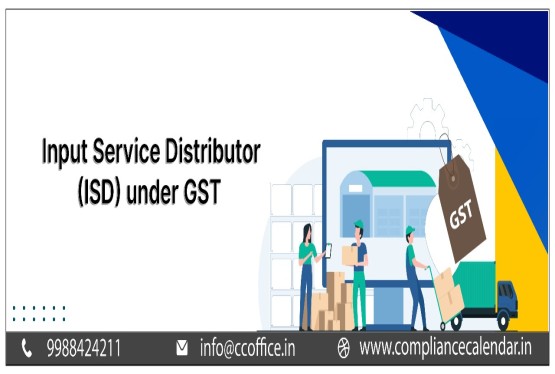








_learn_crop10_thumb.jpg)








_Filing_Due_Dates_for_FY_2024-25_learn_crop10_thumb.jpeg)
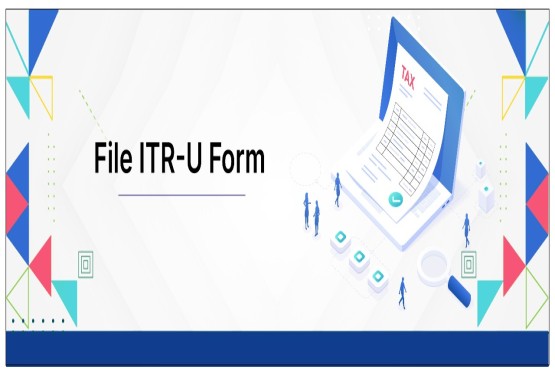
























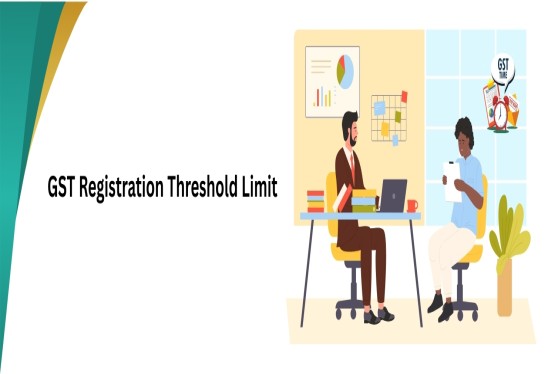
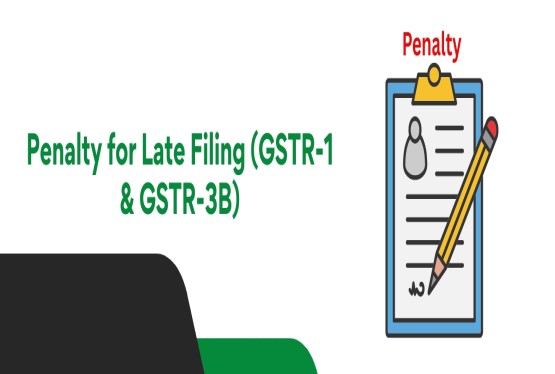












_of_GST_Act_learn_crop10_thumb.jpg)









_Under_GST_learn_crop10_thumb.jpg)









_crop10_thumb.jpg)


_crop10_thumb.jpg)






_learn_crop10_thumb.jpg)






















_of_the_Income_Tax_Act_learn_crop10_thumb.jpg)



_learn_crop10_thumb.jpg)






_learn_crop10_thumb.jpg)






_crop10_thumb.jpg)




















_in_The_Income_Tax_Act,_1961_learn_crop10_thumb.jpg)



_learn_crop10_thumb.jpg)



_of_the_Income_Tax_Act_learn_crop10_thumb.jpg)

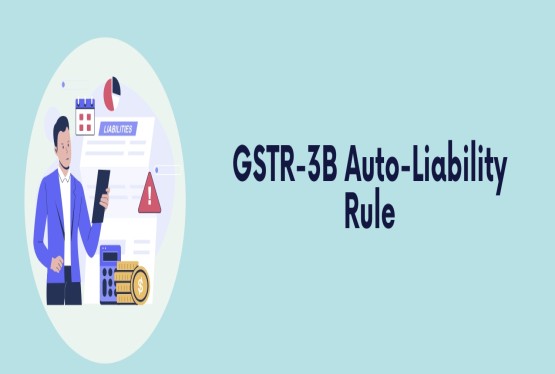
_Of_Income_Tax_Act_learn_crop10_thumb.jpg)








_learn_crop10_thumb.jpg)








_learn_crop10_thumb.jpg)
_crop10_thumb.jpg)

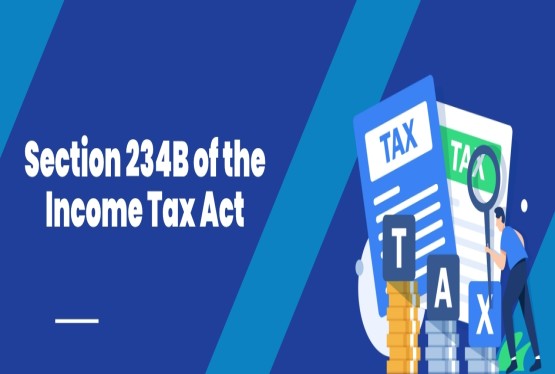




















_learn_crop10_thumb.jpg)
_for_Import_and_Export_learn_crop10_thumb.jpg)











